For those who think that hand rolled couscous is out of fashion, this is for you. It’s a hand rolled couscous from Dallas, Texas,…Hooray!
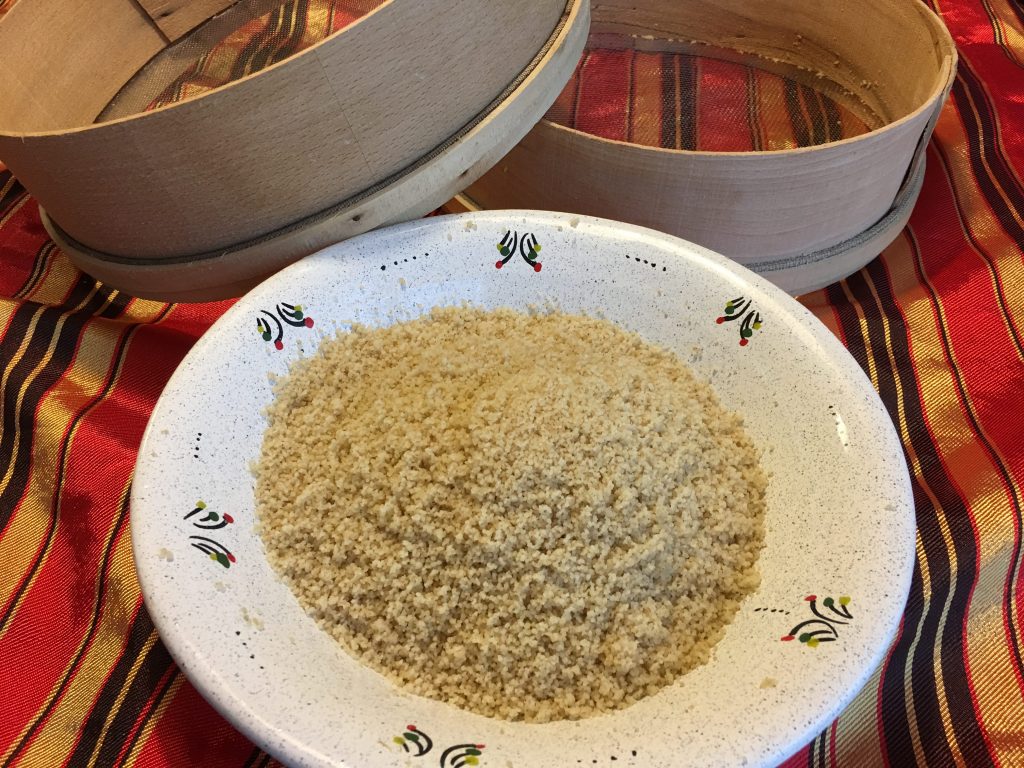
Couscous is called كسكس in Arabic and Sekssu in Berber. Couscous is originally a Maghreb dish from the Berbers who used it as early as the 7th century. They hand roll it from scratch.
So many people refrain from hand rolling the couscous as it is time consuming and because it is available in stores in now days. Other people still hand roll the couscous.
In some regions of Algeria, especially the Berber regions, women gather to hand roll a big quantity of couscous in one day, then they let it dry on a large clean sheet for days at air temperature. Once the couscous is dry, they reserve it for whenever they need it.
In some of the Maghreb countries, couscous is present in great occasions such as weddings and religious celebrations. It is also present in certain regions of Algeria every weekend, usually on Fridays (weekends fall on Fridays and Saturdays), since all the family gather over the weekend. It is prepared with chicken, beef or lamb stew and vegetables. Since the meat (lamb or beef) and poultry are still expensive in Algeria for some families, couscous can be prepared with just vegetable stew or different recipes that don’t require any meat or poultry and that is a meal for weekdays.
Couscous is traditionally made of semolina. You can make it with a mixture of Semolina and barley flour (or barley semolina) just like in this recipe. Somewhere else in the word, couscous can be made from something else like cornmeal in Brazil.
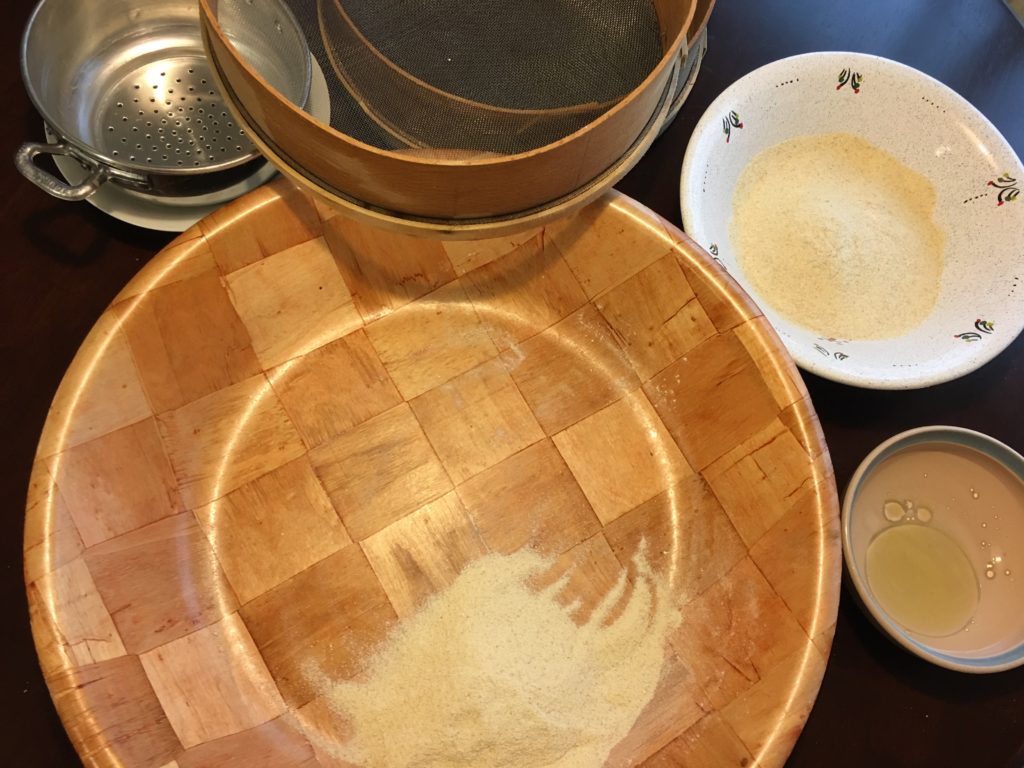
Put about 1 cup water, 1 teaspoon salt and 1 tablespoon olive oil in a small bowl.
Place the medium bowl with the semolina barley mixture close to the bowl of water.
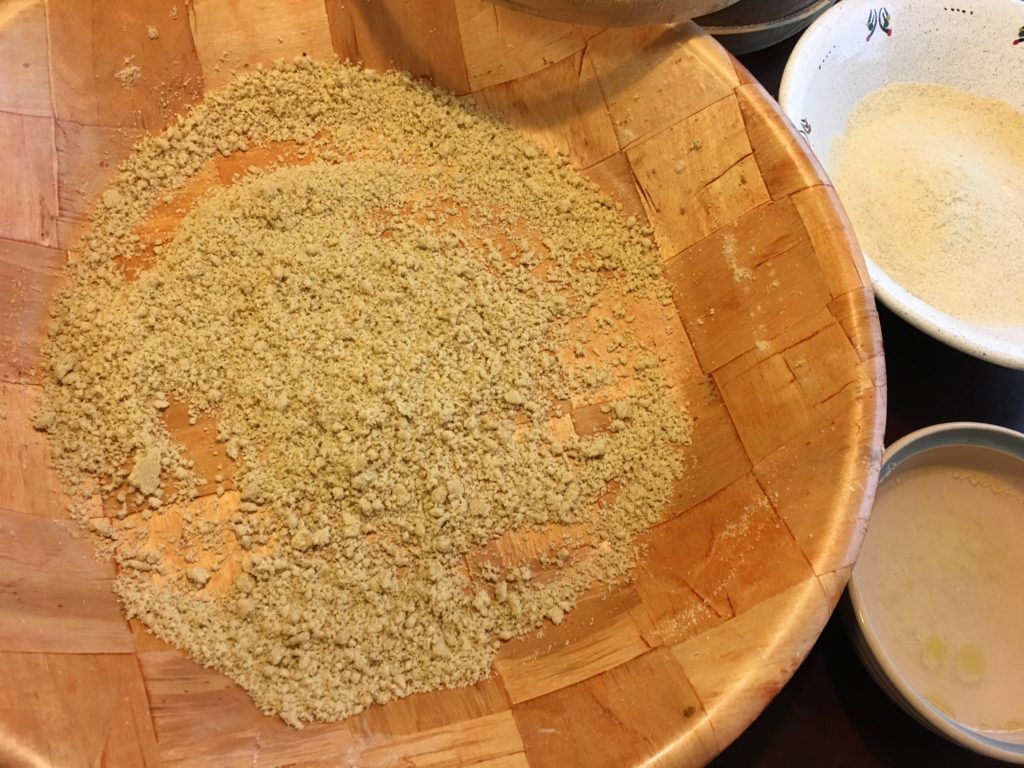
Mix the semolina with your hands, by moving them in a circular motion. Roll for about 5 minutes.
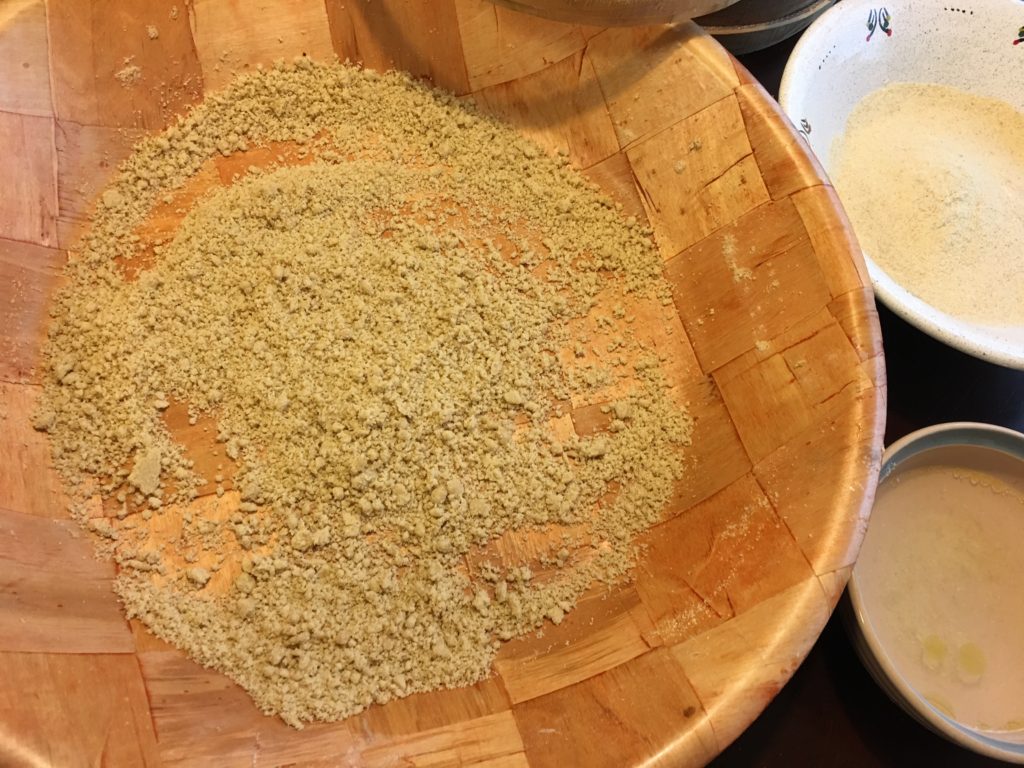
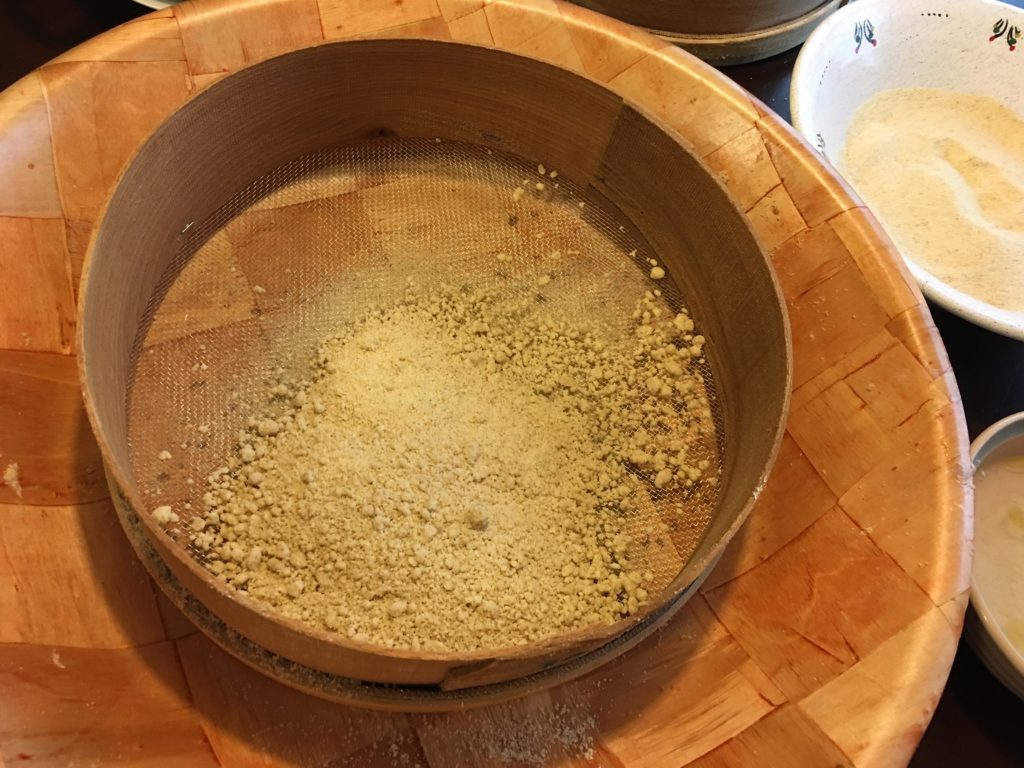
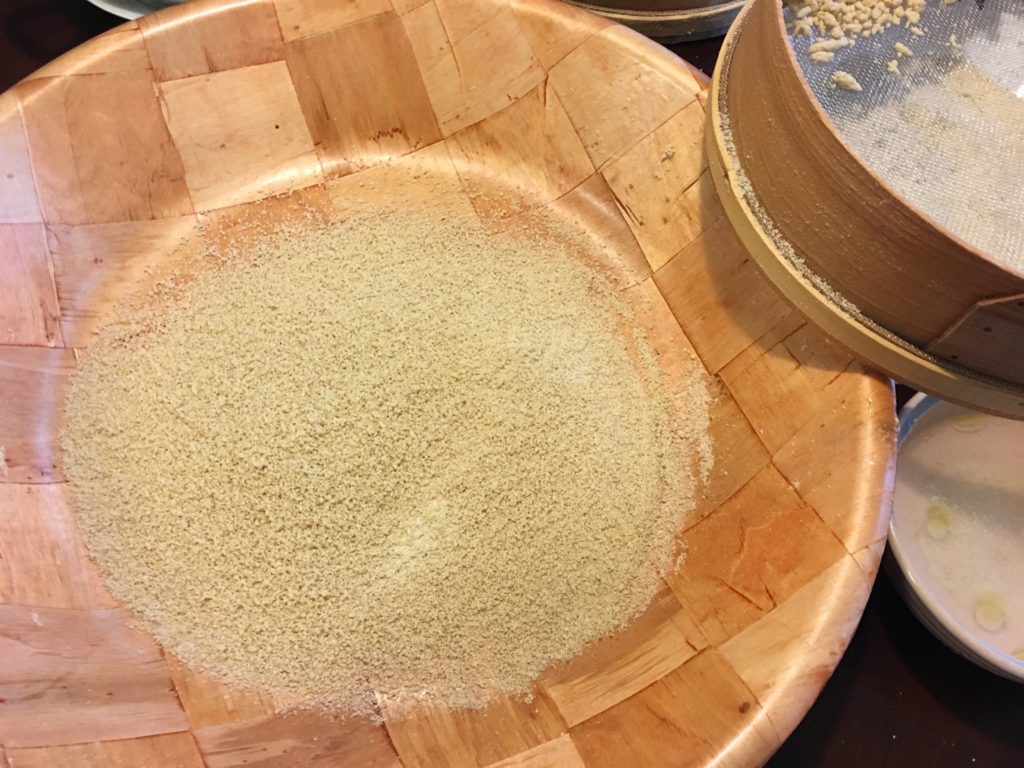
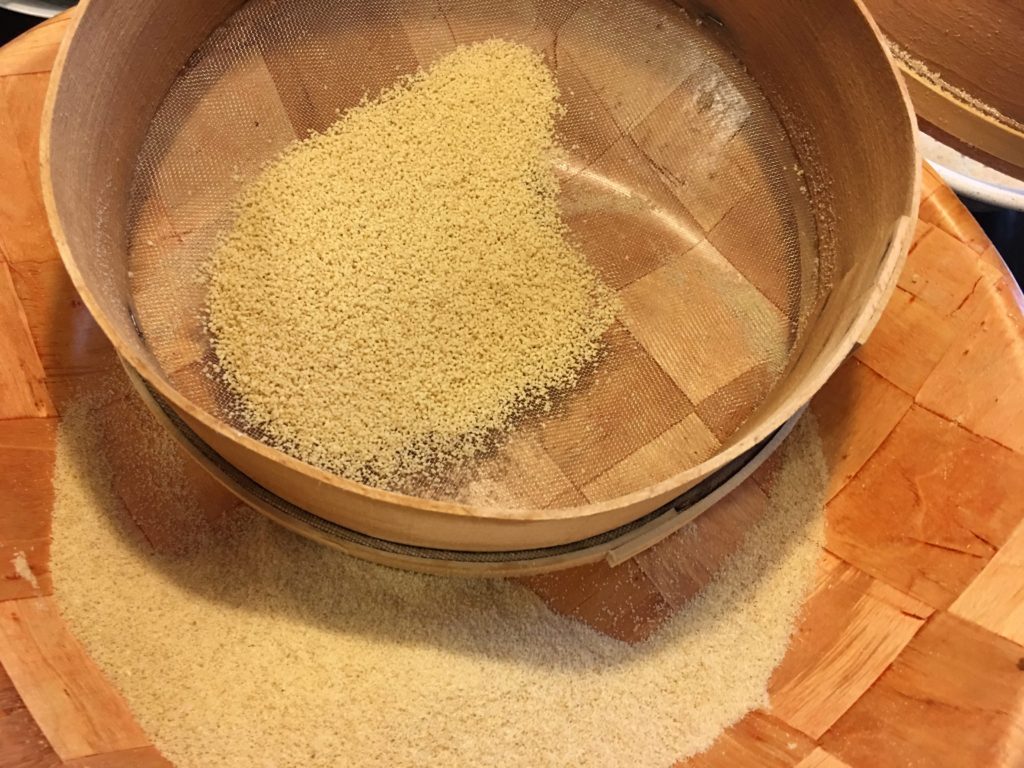
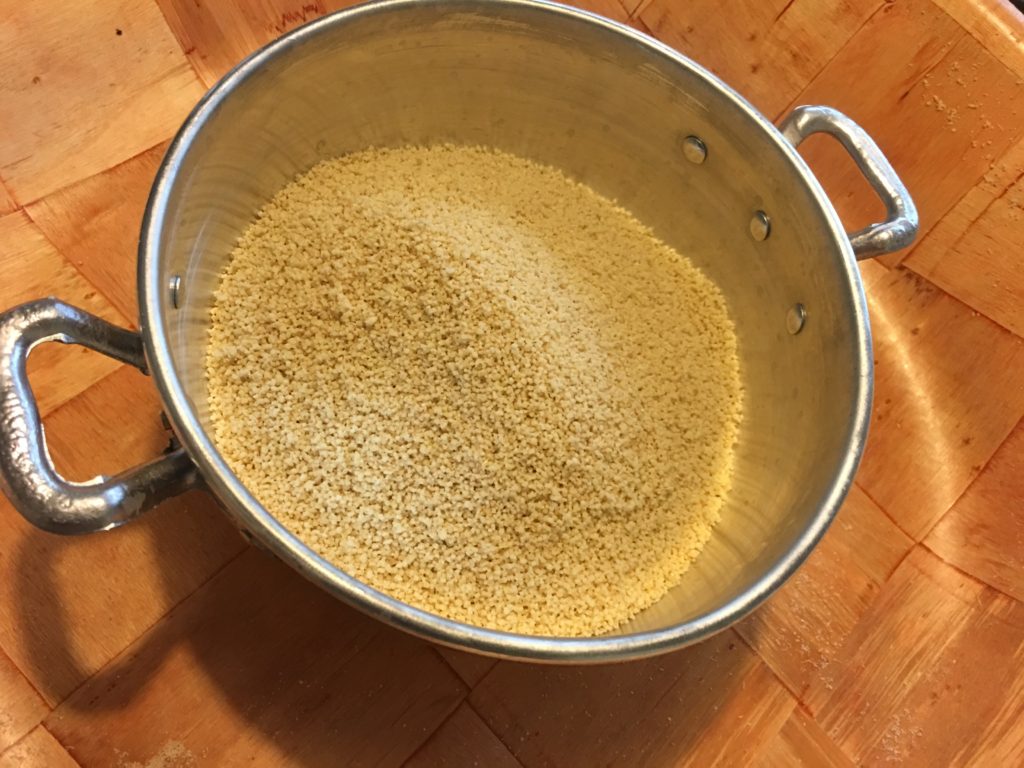
Don’t steam yet until you roll more couscous or until you deplete the semolina barley mixture.You will end up having the final product (couscous) in the top of a steamer and fine semolina in the large bowl (you can use it for next time as a couscous starter but you have to let it dry at room temperature).
Place the fine semolina in a tray to be used next time.
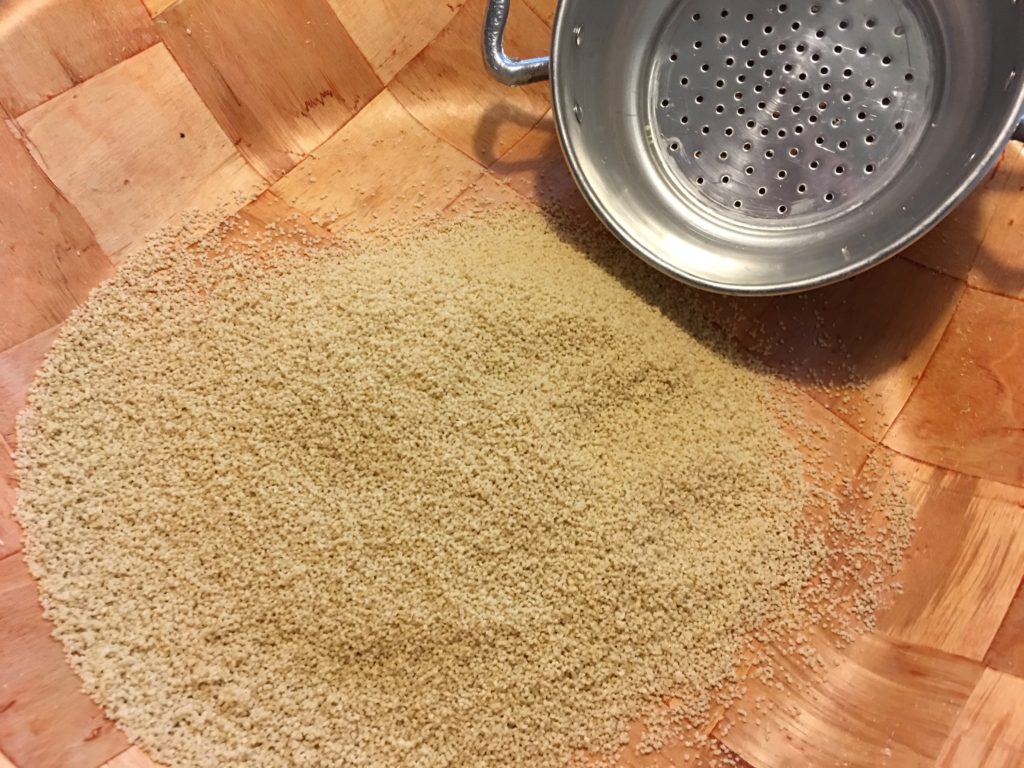
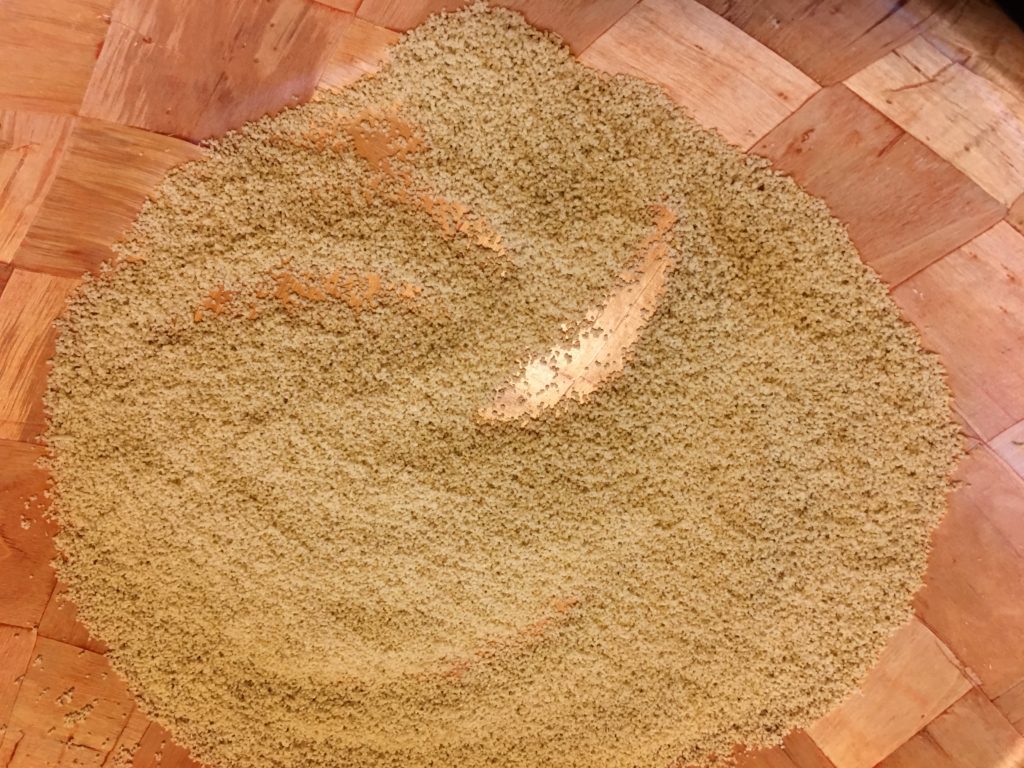
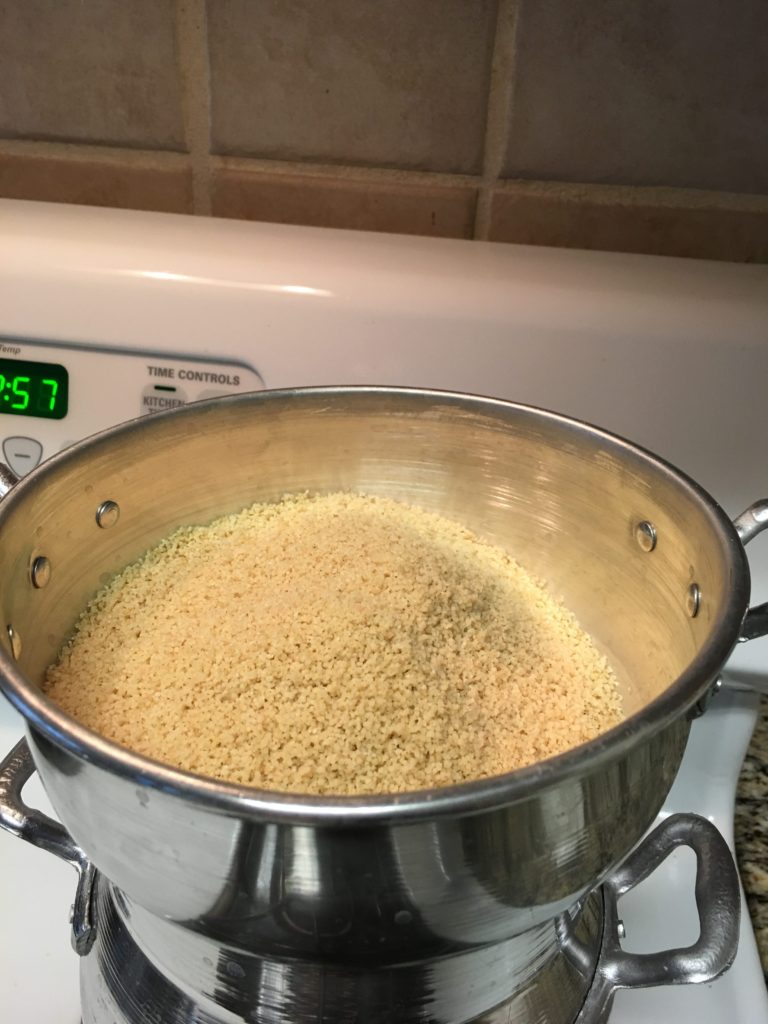
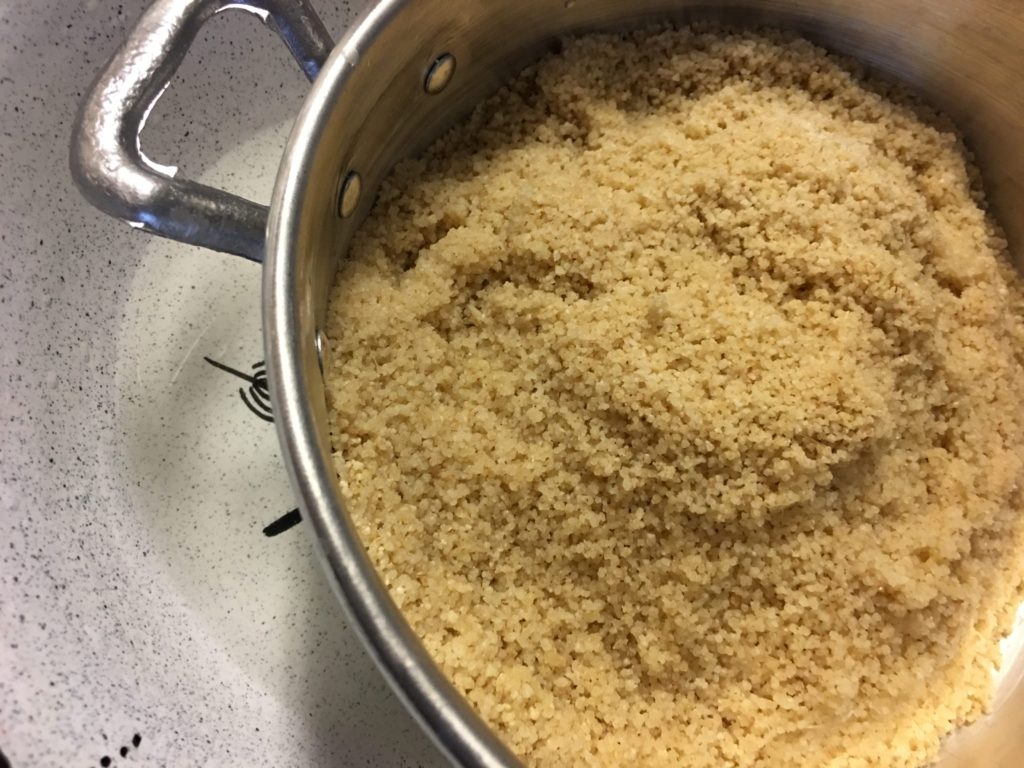
Let the water completely pass through then pour the couscous in a large bowl and sprinkle with salt to taste.
Fluff it with a folk and steam again for about 15 minutes.
Pour couscous in the large bowl and fluff it again with a folk then drizzle with about 2 tablespoons olive oil and mix it well with hands. Note that you can pass the couscous through the tamis that has large holes if some of the couscous want fluff.
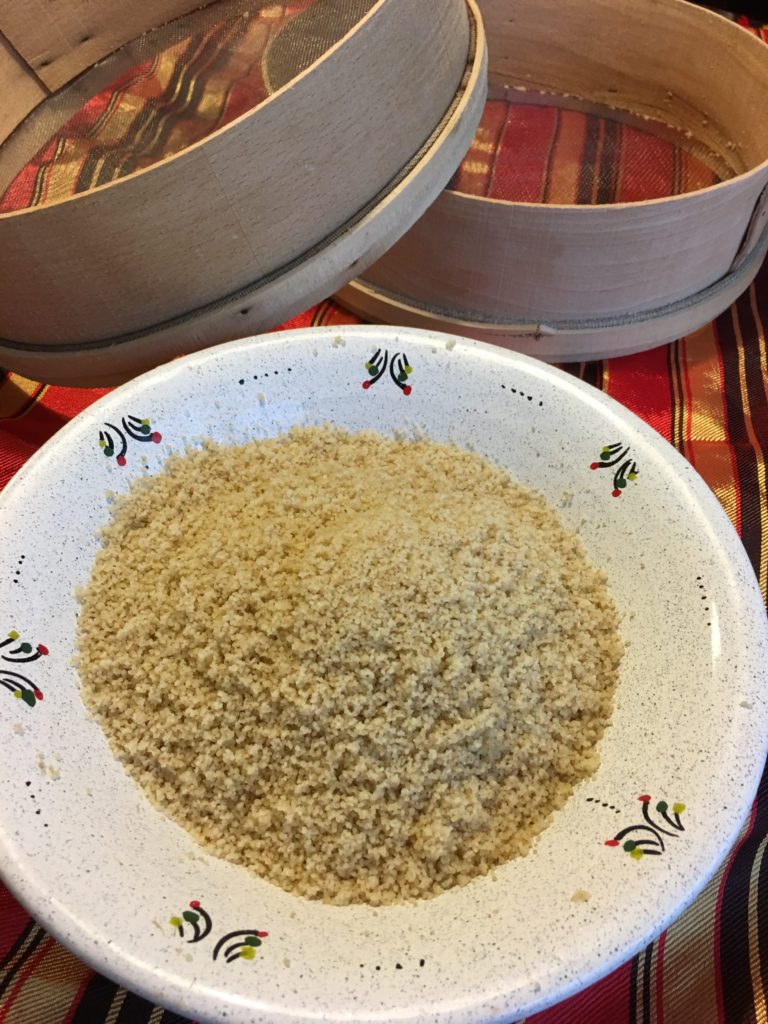
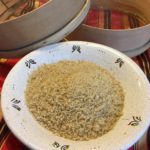
Hand Rolled Barley Couscous
Prep Time 40 minutes
Cook Time 30 minutes
Total Time 1 hour 10 minutes
Servings 4
Ingredients
- 2 cups medium semolina
- 1 cup barley flour
- 3 tbsp extra virgin olive oil
- Salt to taste
- Water
Instructions
-
In a medium bowl, mix the semolina and the barley flour. Set aside.
-
Put about 1 cup of the semolina barley mixture in a large bowl. Set aside.
-
Put about 1 cup water, 1 teaspoon salt and 1 tablespoon olive oil in a small bowl.
-
Place the small bowl with the water mixture on the right side of the large bowl (if you are right handed).
-
Place the medium bowl with the semolina barley mixture close to the bowl of water.
-
Get the pair of tamis close to the large bowl.
-
Start hand rolling the couscous by spraying the semolina mixture in the large bowl with water mixture.
-
Mix the semolina with your hands, by moving them in a circular motion. Keep rolling the couscous and sprinkle with water as needed. Make sure to not sprinkle a lot of water so that you want obtain a dough.
-
Add a handful of the dry semolina mixture of the medium bowl to the wet semolina.
-
Try to roll the couscous again by moving your hands in a circular motion and pressing on the palm of your hands. That’s how tiny granules form.
-
Once you feel that the couscous is dry, gather it in one side of the large bowl and place a tamis in the other side of the bowl (the tamis that has large holes).
-
Place the rolled couscous in the tamis and sift it. Use your hand to press on the rolled couscous in the tamis to help pass it through. There will be some of the doughy mixture that want pass through the tamis, that’s ok (it will be discarded when you finish rolling the couscous).
-
Roll the couscous again with the palm of your hands then use the second tamis to sift the couscous and remove the fine semolina.
-
Place the final product (final couscous) in the top of a food steamer (Assekssuth in Berber or Kaskas-كَسْكاس In arabic and couscoussier in French). Don’t steam yet until you roll more couscous or until you deplete the semolina barley mixture.
-
Repeat step 7 to step 14 until you deplete the semolina mixture in the medium bowl.
-
You will end up having the final product (couscous) in the steamer and fine semolina in the large bowl(you can use it for next time as a couscous starter but you have to let it dry at room temperature).
-
Place the pot or the bottom of the steamer half filled with water on the stove, over medium heat until the water boil.
-
Place the top of the steamer containing couscous on the pot.
-
Let steam for 15 minutes or until no couscous stick to your hand when you touch it.
-
Place the top of the steamer with couscous on small bowl in a sink, and pour on the couscous about 1 to 2 cups cold water.
-
Let the water completely pass through then pour the couscous in a large bowl and sprinkle with salt to taste.
-
Fluff the couscous with a fork until all the grains separate.
-
Place the couscous for the second time in the top of the steamer and let it steam for 15 minutes or until the couscous does not stick to your hands when you touch it.
-
Pour the couscous directly in the large bowl and fluff it with a folk again. Let it cool a little bit then drizzle with about 2 tablespoons olive oil and mix it well with hands. Note that you can pass the couscous through the tamis that has large holes if some of the couscous want fluff.
-
Enjoy with a beef, lamb or chicken stew, with steamed vegetables, with a cup of buttermilk, you name it.
Recipe Notes
I did not find barley semolina (semoule d’orge in French) so I have used barley flour (fine powder) but that works too.
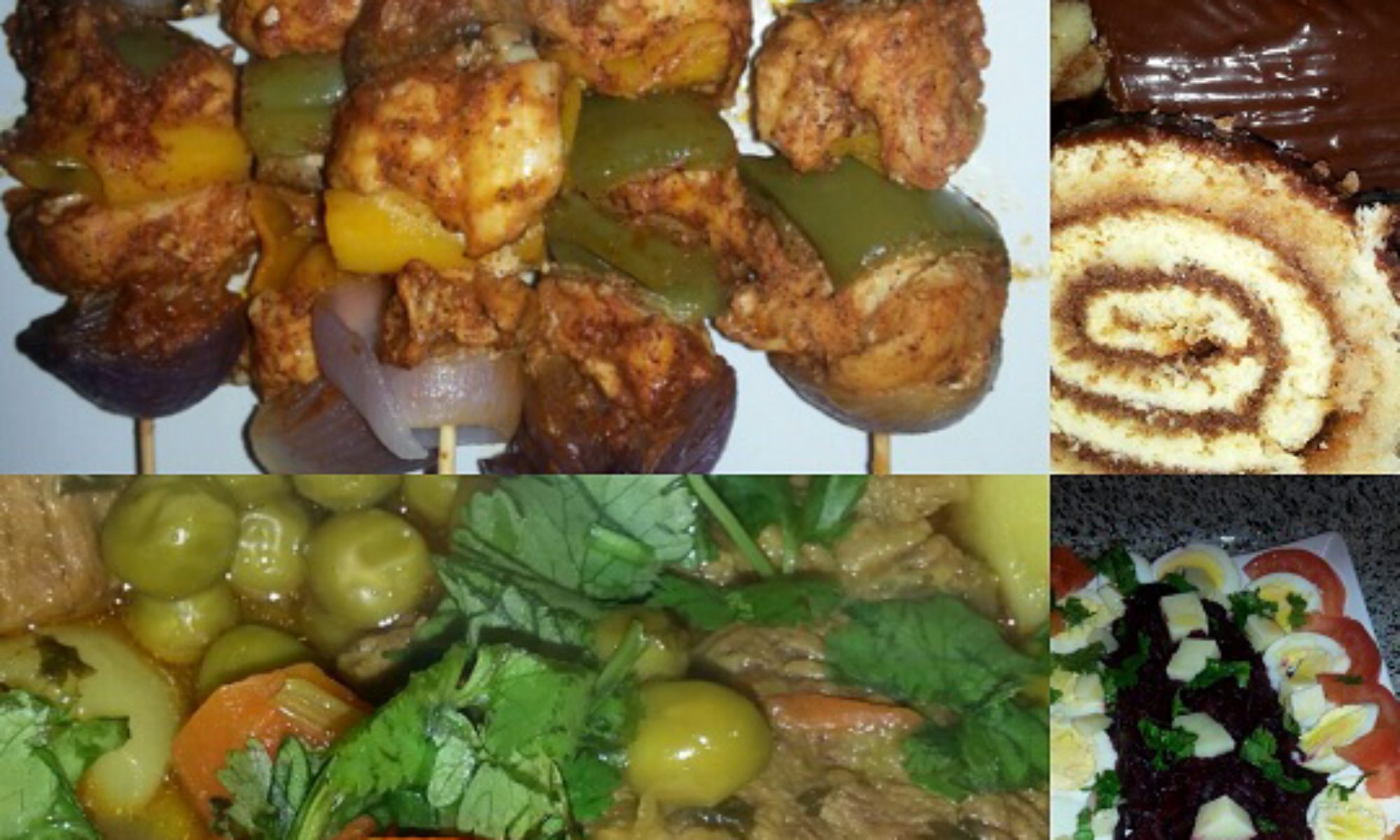
Never thought couscous can be made so easily at home. Love the detailed step by step instructions. I am going to try this for sure 🙂
Can’t wait to try this couscous. It is so dfferent to what is popular these days but hey, it can easily become one of my favorite recipes!
Oh yes – that famous hand rolled couscous from Texas – finally I can get my hands on it – woohoo!
Wow! This is amazing, I’ve never even thought of making couscous myself. What a great tutorial, thank you!
I’m a huge couscous fan, but I’ve never tried making my own. I can’t wait to try this recipe. Thanks for sharing!
I’d love to try making my own couscous! The method is quite similar to Sardinian fregola but fregola is bigger and is toasted! Couscous is also eaten in Western Sicily which was occupied by the Arabs from 9th-11th century. Going to pin this recipe for later!
I learned a lot from this post. We eat quite a bit of couscous in my home but I never thought about how it was made. Thanks for sharing.
This was a great post and I always love learning new things about food. Thanks for sharing the process of couscous!
I love this recipe, and thanks for the detailed instruction. I’m a big fan of any kind Couscous. There is one I make out of Yuca/Cassava plant.
These are really great, detailed instructions for how to make this couscous. I’ve never thought about the process, but I love learning more about this tradition.
These are really great, detailed instructions for how to make this couscous. I’ve never thought about the process, but I love learning more about this tradition.
wow what a great tutorial. the step by step instructions are awesome! Great info here!
This looks great! I only ever eat cous cous pre-made in a sachet mixed with seasoning and dried veg. I could really do with trying to cook it from scratch.
Really interesting to read about the traditions of making couscous! We tend to take these things for granted. Thanks for this recipe!
What a great story and tutorial. Of course, I just buy a bag of couscous not realizing it’s the origin. Thanks for a great share.
Loved it. Thank you for the post!